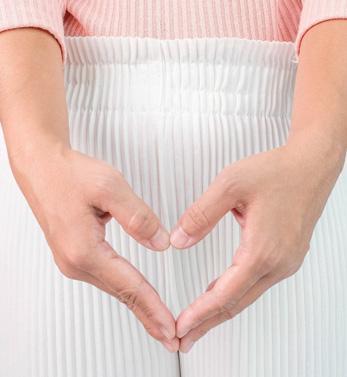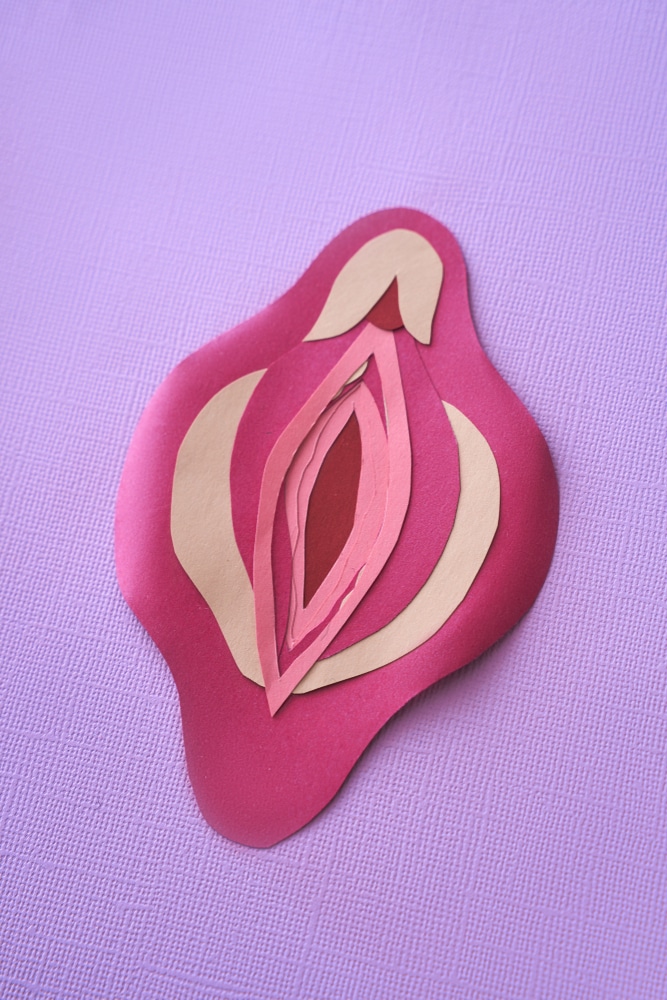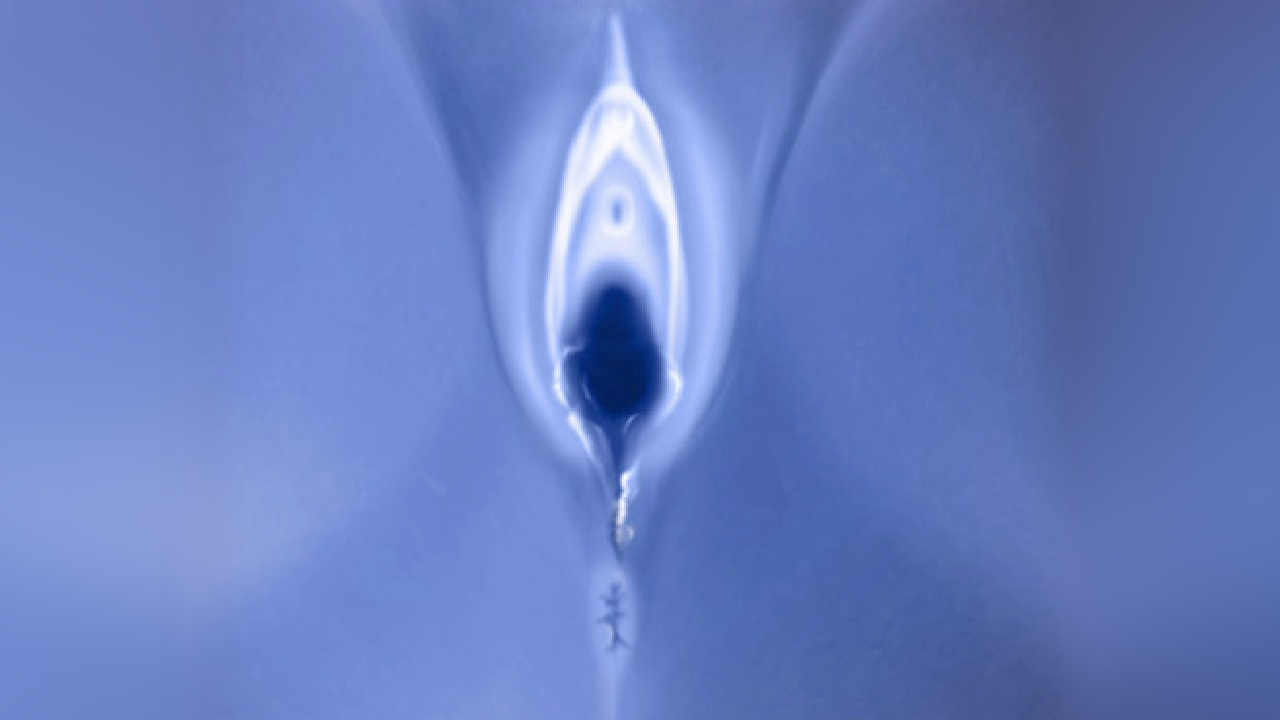





Perineoplasty is a surgical procedure that focuses on deformities, defects, damage and defects of a woman's anus and vagina. The surgery specifically removes scar tissue, unsightly bulges and unwanted skin, and then tightens or loosens the perineal muscles, vagina.
An additional benefit of perineoplasty is that by making these adjustments, the surgery also serves to restore the woman's self-confidence and increase her physical levels of sexual pleasure.
What is the perineum?
The perineum is the area between the anus and the vagina. Although small, the perineum has the important role of being a structural support for many surrounding organs and encompasses muscles that play a large role in vaginal tightening and relaxation.

What Can Cause Perineal Injury?
Overweight and obesity can strain the entire body, including the perineum and the structures it supports. It can also stretch the muscles, causing them to lose their flexibility.
Losing weight rapidly due to illness or excessive dieting is seen in a person with sagging and destruction of excess skin. These unsightly effects can occur outside the body as well as internally, causing permanent sagging of the perineum and other muscles, even if the weight pressure is removed. It may regain its original shape for a while during the day, but eventually after a few years the indentations and depressions become permanent.
What Other Conditions Does Perineoplasty Treat?

How is Perineoplasty Performed?
Perineoplasty is an outpatient procedure that usually takes about an hour under general or local anesthesia. Rarely requires hospitalization.
During perineoplasty, a 'V' shaped incision is made in the posterior vaginal wall. Scar tissue, protrusions and other damage are removed. Depending on the reason for the surgery, the muscles are either stretched or loosened to correct the problem, and then carefully stitched. After a short recovery period, the patient is allowed to go home.
Recovery Period After Perineoplasty
Patients should avoid having sex for six weeks. It is also recommended to avoid strenuous activities such as cycling, horseback riding, heavy lifting or stretching during this time. Tampons should not be used. Most patients should be able to return to work after a few days.
Pain and discomfort are usually minimal to moderate and can be treated with over-the-counter pain medications or a doctor-prescribed prescription medication. Minor bleeding and a small amount of discharge are normal.
Some dizziness or nausea may occur for a day or two as a result of the anesthesia, but this disappears after forty-eight hours.
The incision area should be kept clean and dry. The stitches will dissolve on their own in about two weeks. It is important to drink plenty of water and increase fiber intake during this time to prevent constipation.